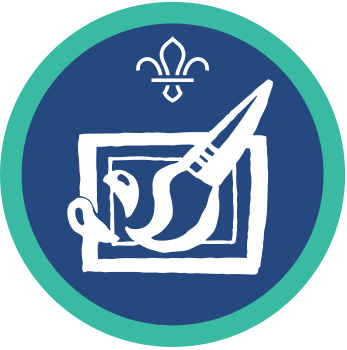
Bedtime stories
You’ll need
- Pens or pencils
- Erasers
- Coloured pens or pencils
- A4 paper
- Tables
- Chairs
- Access to a computer
Read all about it
- The person leading the activity should make sure that there’s enough paper and pens or pencils for each person in the group.
- The person leading the activity could go to the NHS website and look at the advice on helping young people get enough sleep. If possible, print off this sheet to help with the activity, or if the computer is in your meeting place, you could leave the page open for when you need it.
Put pen to paper
- The person leading the activity should hand out the paper and pens or pencils to the group. Tell them that they’ll be writing short stories for young people about bedtime routines. Each person should sit and come up with an idea for a story and plan it out on paper. Give everyone five or 10 minutes.
If anyone doesn’t wish to write a story in words, they could come up with a comic-strip/storyboard instead, using pictures to show what happens. They might need coloured pencils to do this.
- While everyone is planning their stories, the person leading the activity should go around the group. Explain to everyone that their story must be no more than five minutes long (so no longer than five-hundred words) and must be suitable for young people aged 6-8. Make sure that everyone’s story has a beginning, middle and end, and that it refers to bedtime routines
- Everyone should start on their stories. Give everyone 20 minutes writing (or drawing) time. Let them know when there are five minutes left, so that everyone can finish.
- When everyone has finished their story, see if there are any volunteers who would like to read theirs out. Everyone should feed back what they think and whether they think the moral of the story would help teach a young person how to get ready for bed better.
Reflection
The group have written stories for young people about bedtime routines. Why is it useful to put this information about bedtime into stories for young people? Did you focus on creating an interesting character with a healthy bedtime routine who a young person might decide to copy? How did you show the importance of getting a good night’s sleep to a younger audience?
Safety
All activities must be safely managed. You must complete a thorough risk assessment and take appropriate steps to reduce risk. Use the safety checklist to help you plan and risk assess your activity. Always get approval for the activity, and have suitable supervision and an InTouch process.
- Online safety
Supervise young people when they’re online and give them advice about staying safe. Take a look at our online safety or bullying guidance. The NSPCC offers more advice and guidance, too. If you want to know more about specific social networks and games, Childnet has information and safety tips for apps. You can also report anything that’s worried you online to the Child Exploitation and Online Protection Command. As always, if you’ve got concerns about a young person’s welfare, including their online experiences, follow the Yellow Card to make a report.
Supreme storytellers might enjoy the challenge of having a bedtime routine picked for them at the start. They should then think up a story they can write about that routine.
Come up with some plot ideas to help anyone struggling with the subject matter. Think about reversing the focus and writing about someone who can’t sleep because there are too many distractions, only to be saved by a mystical breathing exercise. A catchy title might be enough to light the creative spark! You could also adapt/modernise an existing popular story (eg ‘The Princess and the Pea,’ ‘Sleeping Beauty’) or an unrelated one and make it about bedtime (eg ‘The Three Little Earplugs’).
Make it accessible
All Scout activities should be inclusive and accessible.
Everyone should read their stories to some young people from another group. If you drew a comic or storyboard, you should show them your work and explain what’s happening. Everyone should find out how well the young people sleep and whether they are doing anything that’s stopping them getting enough sleep.
Fans of warm milk, cocoa and slippers might have a unique, healthy routine all of their own that works well for them. Allow them to write a story about this routine if they like. It could even be in the first person and about how they started using the routine.




